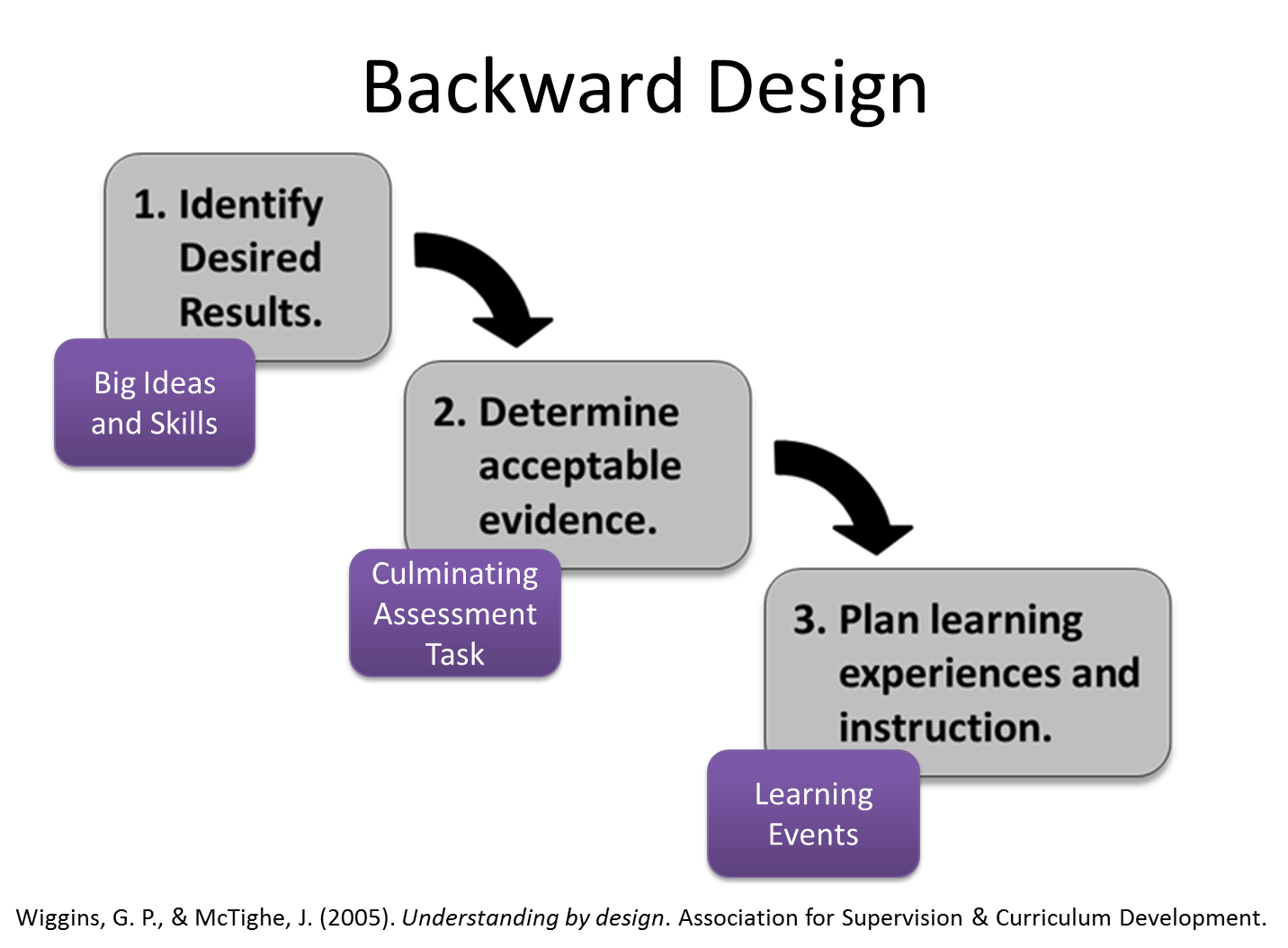Understanding and Applying Standards
Reflection Of Understanding and Applying Standards
As I went through the materials about unpacking standards and backwards mapping, I realized that I am now in a real deal in growing into the teacher's mindset. To be proficient in these skills takes experience and ever lasting learning through applying.
Standards behold many aspects. It holds the key for the teachers to understand, reflect and navigate. It is the goal of the student's learning outcome. It communicates with through the whole educational system from the government's educational plans to the regional and the school strategies and the teacher's planning, parents' understanding. From early childhood education all the way to higher education, standards are the cornerstones for each step to fulfill the purpose of education. At each stage, teachers need to understand what knowledge and skills that the students need to content to take the next step up.
I think unpacking standard and backward mapping are two crucial skills that teachers need to proficient and practice till it becomes the second nature. When I am learning and practicing unpacking standards and backward mapping, I found that the standards for Arts are not very specific compareing to most other subjects. That created a lot of puzzles when I was unpacking. When a standard is very short and not elaborated, I found it is difficult to determine the learning outcome, it seems it could go in so many different directions. It is a very loose end, so it requires a lot of experience and knowledge to nail down the content of the lesson. It creates risk for not pinning down when there are benchmarks that students need to meet. Throughout most of the school years, there is no summative assessment like Math or Literature for Art. The students walk their way through most of the time. I never hard anybody will fail Art. But it might mean differently for the high school students that are preparing to apply for colleges. A misinterpreted standard could cost an IB student's different outcome for their future if their goal is to enter Art related colleges. Recently, I tutored a high school students to help her catch up her Art and design skills in order to resubmit her art portfolio for applying schools. All because her Art teacher mis-projected the standard and the students' evaluation came back from the IB Art evaluating process fail to meet their benchmarks.
It is an awful example how an interpretation of the standard could impact a student's learning outcome. It raised my concern when I was going through the Art standards. But on a bright side, a loose end standard allows the teachers to interpret it more freely and create more interesting learning possibilities for the students. It fits the most Art teacher's personality treats, and it will enable teachers to use their imagination for innovative lesson plans. It really works both ways and I hope I will keep it in my mind for the days to come.
Reference
Unpacking The Standards. (n.d.). Retrieved January 23, 2018, from http://sacsteacher.weebly.com/unpacking-the-standards.html
National Visual Arts Standards. (n.d.). Retrieved January 23, 2018, from https://www.arteducators.org/learn-tools/national-visual-arts-standards


Comments
Post a Comment